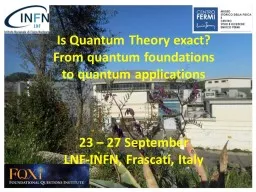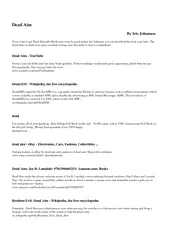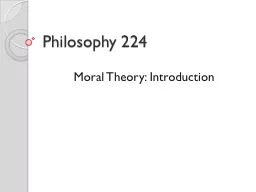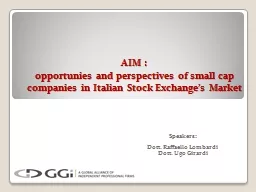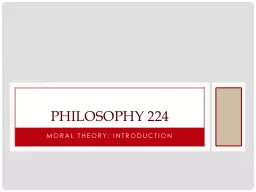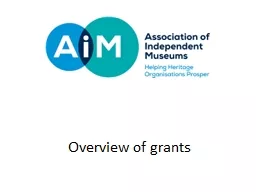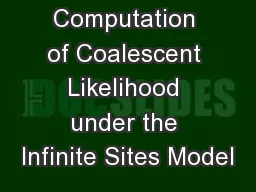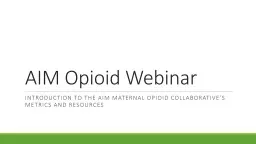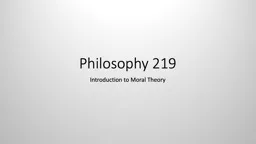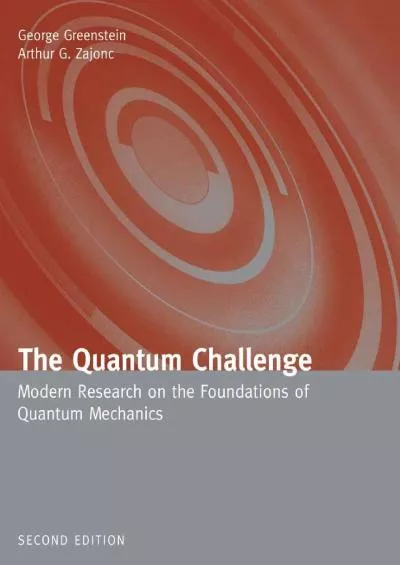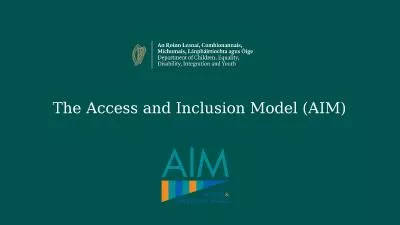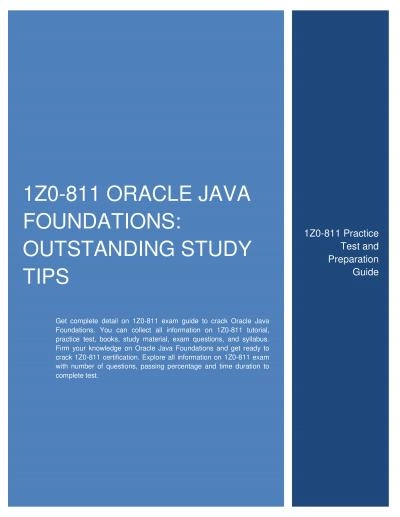PPT-The main aim of the “ Is Quantum Theory exact? From quantum foundations to quantum applications
Author : greyergy | Published Date : 2020-06-17
Workshop is to discuss theoretical and experimental hot issues related to quantum physics from foundational issues such as findings and ideas to investigate quantum
Presentation Embed Code
Download Presentation
Download Presentation The PPT/PDF document "The main aim of the “ Is Quantum Theor..." is the property of its rightful owner. Permission is granted to download and print the materials on this website for personal, non-commercial use only, and to display it on your personal computer provided you do not modify the materials and that you retain all copyright notices contained in the materials. By downloading content from our website, you accept the terms of this agreement.
The main aim of the “ Is Quantum Theory exact? From quantum foundations to quantum applications: Transcript
Download Rules Of Document
"The main aim of the “ Is Quantum Theory exact? From quantum foundations to quantum applications"The content belongs to its owner. You may download and print it for personal use, without modification, and keep all copyright notices. By downloading, you agree to these terms.
Related Documents

